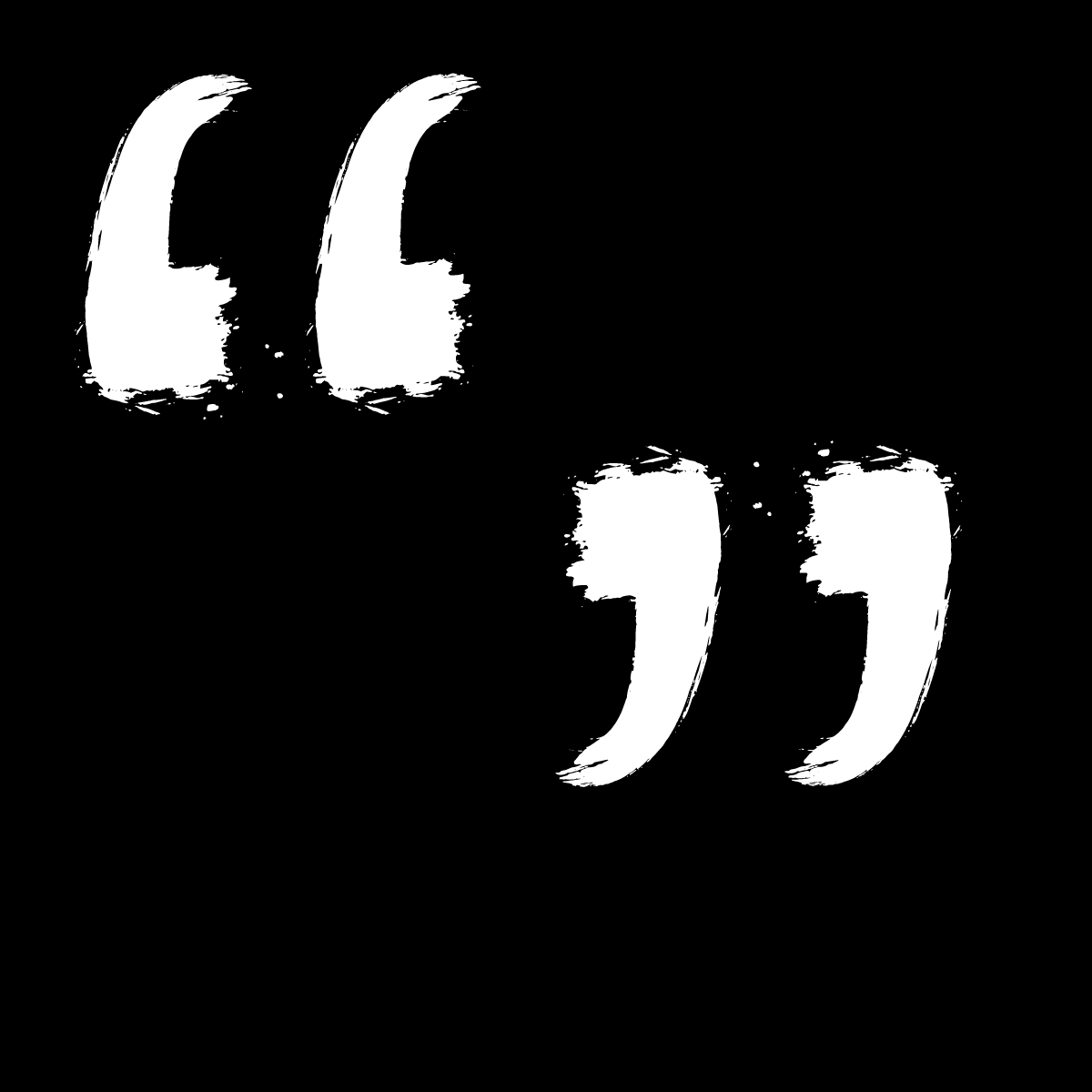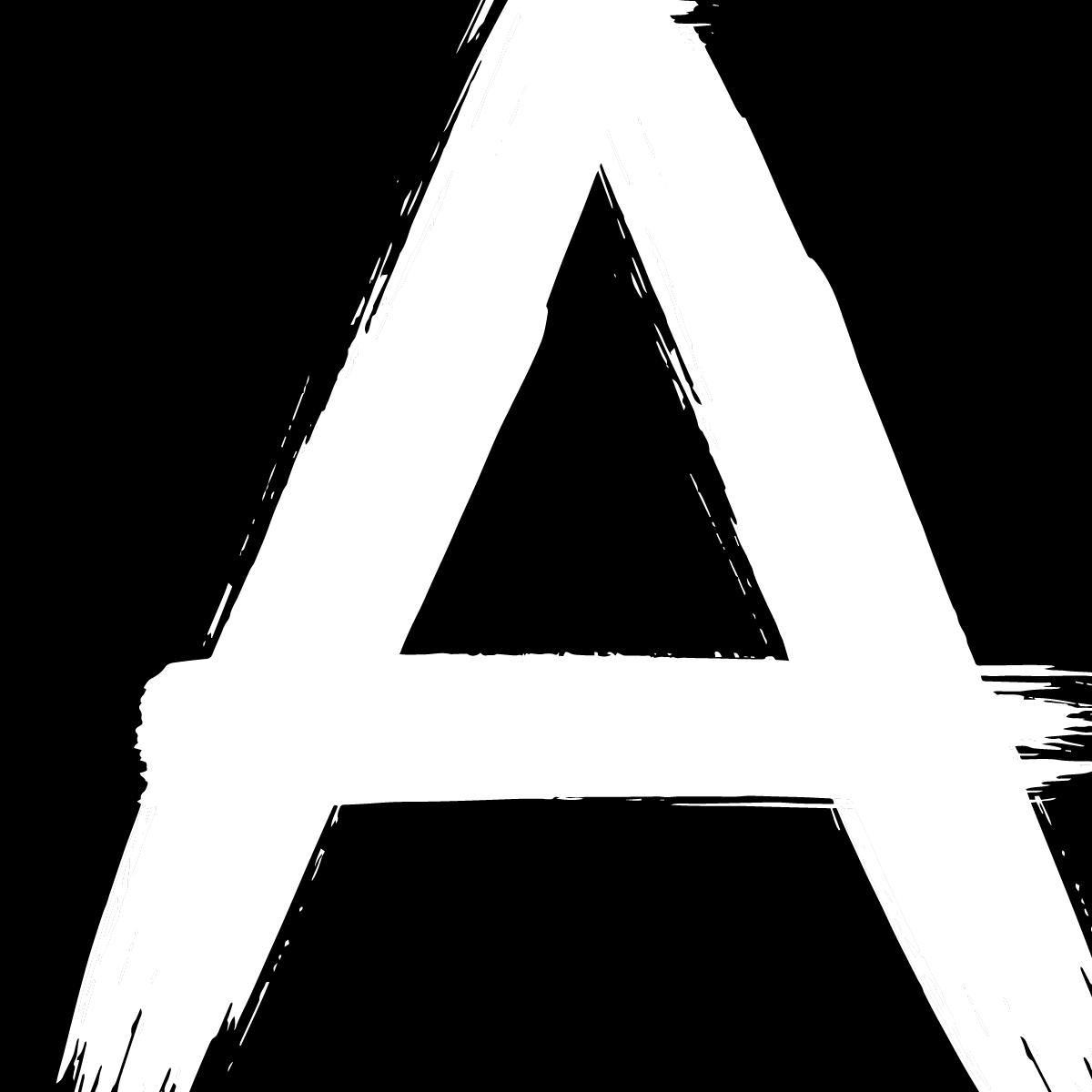Gender-Inclusive Language
Gender-Inclusive
Language
The impact of word choice within the fight against gender prejudice: where no one has gone before
Sam King
In the 1970s, second-wave feminism fought social and economic inequalities of women in both workplaces and in general society, exposing masculine bias. Since the peak of this movement, language has been evolving to include genders outside of the binary (male or female) and is now moving into an all-gender-inclusive future. This not only reflects the increasingly equal status of women, but also includes those outside of the gender binary. This article will inform on how to write with gender-inclusive language and the importance of doing so. There are more than the two genders than the binary we are taught to live by. Some people identify as genderqueer, pangender, bigender or third-gendered. Some may choose to never identify with one gender or another. The use of gender-biased language restricts our progression toward a non-binary society.
Gendered language perpetuates sexism by exposing the gender of its subject where inappropriate and contributes to gender stereotypes. For example, the archaic female-gendered version of ‘editor’ is ‘editress’—which betrays the gender of the editor in question and enables gender-based prejudice. It is generally believed that the masculine bias is caused by the gender inequality prevalent in our society. Language without this gender prejudice is known as gender-inclusive orgender-neutral language.
Some of the recent international movements to neutralise this gender bias are:
In 2015, the US Marines revealed their new gender-neutral standards for 29 roles.
In 2018, QANTAS introduced gender-neutral language as a recommendation in the workplace.
Language is powerful as well as inherently biased. Often our words are charged with offensive, prejudiced or inconsiderate attitudes. To avoid exclusionary attitudes, we should work to correct and recognise the unconscious bias in writing.
What is
Gender-Inclusive Language?
Gender-inclusive language makes an effort to erase gender bias in writing and speech, as encouraged by the feminist movement. During the period of second-wave feminism, gender-neutral language was encouraged to replace standard biased language. For example, feminists shunned the patriarchal use of the word man as an umbrella term for humankind as it implied women are less important than men.
Engaging with the sexism that is bound to our language is known as feminist language planning. This concept ultimately supports the equality of men and women and exposes how language positions the genders in a social standing, aiming to make it more neutral. This is a concept that has been behind many of the changes in our language, such as the popularisation of flight attendant in place of steward or stewardess. Gender-inclusive language utilises this idea as a way to neutralise vocabulary.
“Often our words are charged with offensive, prejudiced or inconsiderate attitudes.”
The English Language
English is a natural gender language which includes many markings of gender (including pronouns, nouns and titles) as well as gendered third-person pronouns (e.g. he, his, she or her). This differs from a gendered language, such as Spanish or French, which marks both nouns and pronouns with gender, or genderless languages which don’t mark nouns or pronouns with gender.
English is an easier language to avoid gender bias when compared to a gendered language, which relies on the gender binary for its everyday language. For example, while the cat is a neutral term in English, the French la chatte is feminine-biased and highlights the cat’s female gender. Genderless languages, however, can comfortably avoid gender completely.
See our style guide pages for more on Gender Neutral Words and Easily Confused Words.
Why Should We Write Inclusively?
Many workplaces and institutions have their own gender-neutral policies to fight sexual inequality. RMIT’s ‘Gender Inclusive Language Policy’ has been in effect since 1992 and supports the use of gender inclusive language in all aspects of university activity. It’s worth having a read of this policy while you study at this university to avoid violating it. The Victorian Government also has a similar policy, along with QANTAS and multiple universities such as the Australian National University and Flinders University. It is also included in some publishers’ style guides. However it should be said that most—if not all—of these policies only support the use of non-gendered language and aren’t mandatory.
But if the use of gender-inclusive language isn’t enforced, why should we use it?
To Not Speak Exclusively
The use of language such as mankind implies that men are the supreme gender that should be worth mentioning on behalf of all humankind, effectively shutting out all women and people of other genders. When gender-specific language like this is used as an umbrella term, it is implied that all other genders do not deserve representation due to their subserviency.
Supporting Women and Non-Binary People
Over the three waves of feminism throughout the last century, women and non-binary people have been fighting for equality. Although the rights of non-males have been yet to be entirely won over worldwide, every step towards gender-inclusivity counts. Changing our language to be more conscious of gender bias is an integral part of this evolution. Gender-neutral language such as using they/them instead of she/her/ he/his acknowledges identities that lie outside of the gender binary. By considering our own use of gendered language, all people are included, no matter their gender.
Language is Always Evolving
Many still argue against gender-inclusive language. One of the most prominent arguments is the apparent grammatical ineligibility and lack of clarity. A common example of this argument is the singular pronoun they, arguing that the reader doesn’t know whether it refers to a single person or multiple people. Although they may be clunkier, it respects the chosen pronouns of non-binary people. After all, there were arguments over flight attendant being more of a mouthful than steward/stewardess, but it is now a term that is missed by very little. Our language should act as a reflection of current society—and by ignoring the identities of non-binary people, our progress is at a standstill.
How to Write
Inclusively
Now that we know why we should write inclusively, let’s get into how we do it. The main goal here is to re-work our writing to be more gender-neutral—meaning that we should prioritise avoiding gender stereotypes, cliché gendered sayings, as well as using man as an umbrella term for all genders. There are many forms of gendered language but the most common are pronouns, nouns and titles.
Pronouns
A pronoun substitutes a noun. For example, she could substitute Pearl in a sentence. Traditionally, the pronouns he/his/him were used as umbrella pronouns referring to all people, but—since the second-wave feminist movement—this is now considered an outdated and sexist usage. All use of he/his/him in this way should be omitted. If you are unsure of a person’s gender, they is a good general pronoun to use.
However, if we are referring to a third-gendered person, it can become complicated. If appropriate, ask for the subject’s preferred pronouns. They may reply with any one (or a combination) of the following: they/them, xe/xyr, she/her, he/him, one, it, ze/hir, etc. It is important to respect what they request.
✘ If a student is caught running in the hall, he/she will be punished.
✔ If a student is caught running in the hall, they will be punished.
Nouns
Some nouns in English denote binary gender, such as son, daughter, mother, waitress and actress. Nouns for non-binary people aren’t generally used. However there are some gender-neutral nouns that can apply to anyone within and outside the binary. These neutral nouns can usually be easily used in place of gendered language. For example, instead of boy or girl, use child; instead of actress, use actor.
Gendered expressions such as ‘Good morning boys and girls’ or ‘Boys will be boys’ should generally be avoided. They enforce gendered stereotypes and the divide between men and women while excluding those of neither binary gender. As well as this, one should avoid using modifiers such as female or male when referring to people. If the gender of the person is irrelevant, just omit it.
Neutral words are often criticised for being too ‘clunky’, while also being too different from everyday language to easily use. For example, the word womxn was first introduced to avoid using man, which was argued to be loaded with patriarchal undertones. However, this word is still too awkward for colloquial usage. Be sure to consider the use of gender-neutral language before including it in a piece of writing. Does it sound awkward or forced? Then you’re better off leaving it out entirely.
✘ ‘Good evening, ladies and gentlemen.’
✘ ‘Good evening, ladies, gentlemen and those who don’t identify as either.’
✔ ‘Good evening, esteemed guests.’ OR ‘Good evening, dear audience.’
Titles
Some titles mark individuals’ gender, such as miss, mrs, mr, sir, ma’am, etcetera. Ms is a popular alternative to mrs or miss, which were used pre-second-wave feminism to denote a woman’s marital status. Gender-neutral people may use titles such as mx in their stead, a widely used alternative in the UK and Canada.
Unfortunately, there aren’t many gender-neutral titles for royalty such as King, Queen and Prince, but there is an expanding list of substitutes for job titles (many of which can be found in the list at the end of this article). Many of the job titles that imply the subject’s gender are considered outdated and are no longer in usage, such as heiress or fireman.
✘ Rose had been a waitress most of her adult life, mostly working in hipster-inhabited cafes.
✔ Rose had been a waiter most of her adult life, mostly working in hipster-inhabited cafes.
A good starting point for turning around the bias in your writing is by carefully reviewing it—using feminist female or non-binary beta readers is also a good idea.
A good starting point for turning around the bias in your writing is by carefully reviewing it—using feminist female or non-binary beta readers is also a good idea.
Questions to Consider when Writing:
If you have used it, is the word ‘man’ justified? Does it refer to people other than men?
Was it necessary to point out a person’s gender where you have?
Have you included any gender stereotypes including common sayings? Does it enforce any harmful or outdated world views?
What Should You Be Doing Now?
Due to the patriarchy woven into our society, gender bias is intrinsically wired within ourselves. To check bias within our craft, we should be constantly questioning the use of potentially problematic terms or phrases.
Editors should be watching how female characters or subjects are written—they may be sexually objectified or having their gender betrayed where it is inappropriate. As writers, we should be checking our work for unnecessarily gendered language and working to improve its gender-neutrality.
It is important for those in publishing to look at the bias present in all writing—no matter whether it’s non-fiction or fiction, short or long form. We are moving beyond the traditional gender binary into a non-binary world, and our language should reflect this.
After reading this article, you should have most of the tools you need to write and edit inclusively and without bias. To test this, on the next spread is a riddle commonly used to check gender bias. What do you think the answer is?
Below is a list of gendered nouns and their gender-neutral alternatives.
Gendered ✘ Gender-Neutral ✓
actress actor
boyfriend/ partner
girlfriend
chairman chairperson, chair
comedienne comedian
Dear Sir Dear Whom It May Concern
father/ parent
mother/
dad/mum
Fireman firefighter
freshman fresh, first-year
gunman shooter
heroine hero
hostess host
husband/wife partner, spouse
ladies and folks, friends, guests
gentlemen
Latina/ Latinx
Latino
mailman mail carrier, postie
man/ person, individual
mankind personkind, humanity, people
manpower workforce, power, strength
policeman police officer
son/ child
daughter/
boy/girl
steward, flight attendant
stewardess
waitress waiter, server









